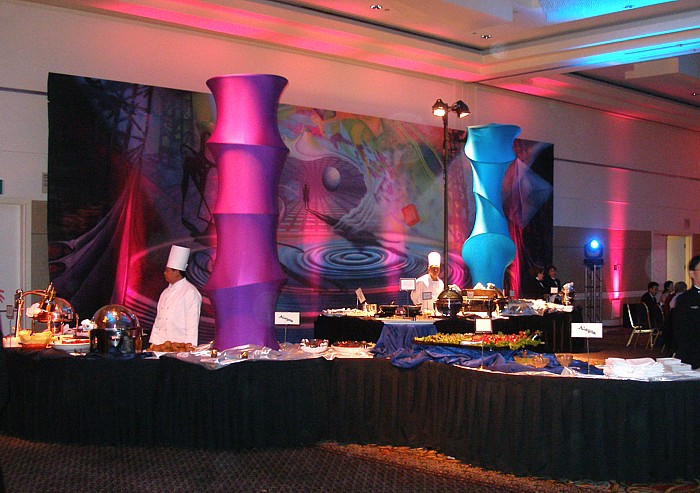Assessing the True Cost of Emergency Catering Staffing
페이지 정보

본문

During crisis preparedness, they often focus on emergency response plans, generators, or crisis messaging platforms. But one critical aspect that gets overlooked is the hidden expenses of temporary food operations. It’s easy to assume that hiring extra culinary staff, servers, or sanitation workers during a crisis is just a short-term cost. In reality, the broad business repercussions runs much deeper.
First, there’s the direct expenditure of wages. Emergency staffing often requires overtime pay, night or weekend surcharges, or even last-minute contracts with agencies that charge up to 200% above normal wages. These surcharges can escalate unexpectedly, especially if the emergency extends beyond initial projections. A 24-hour period of emergency catering during a public emergency can cost two to three times more than regular staffing.
Beyond wages, unseen expenses arise. Training temporary staff to meet your standards is time consuming and often requires experienced personnel to oversee them. This diverts key staff from their core duties. There’s also the cost of waste—emergency situations sometimes lead to excessive procurement, improper storage, or reactive menu revisions that result in financial loss. You may also face emergency logistics surcharges if suppliers need to navigate restricted areas.
Operational liability are another layer. Temporary workers may not be certified in HACCP standards, increasing the chance of violations during inspections. A one regulatory penalty during an emergency can trigger media scrutiny and lead to costs that surpass the original staffing cost.
Staff well-being cannot be ignored. Staff burnout is ubiquitous. Regular employees who are asked to instruct, manage, or replace temporary workers often end up working longer hours under extreme pressure. This can lead to lower job satisfaction, increased attrition, and long-term recruitment challenges.
The full financial impact of crisis food services isn’t just the direct labor cost. It’s the domino impact across service delivery, compliance, employee retention, and public perception. Businesses that treat emergency catering agency as an low priority often pay more in the long run. The proactive strategy is to secure contracted vendors with proven crisis experience, formalize catering procedures in your continuity plan, and allocate funds proactively. Planning isn’t just about preventing disruption—it’s about controlling the hidden expenses that chaos brings.
- 이전글You'll Never Guess This Guttering Maintenance's Benefits 25.10.08
- 다음글Breaking News: Scientists Discover New Species of Marine Life in the Pacific Ocean 25.10.08
댓글목록
등록된 댓글이 없습니다.